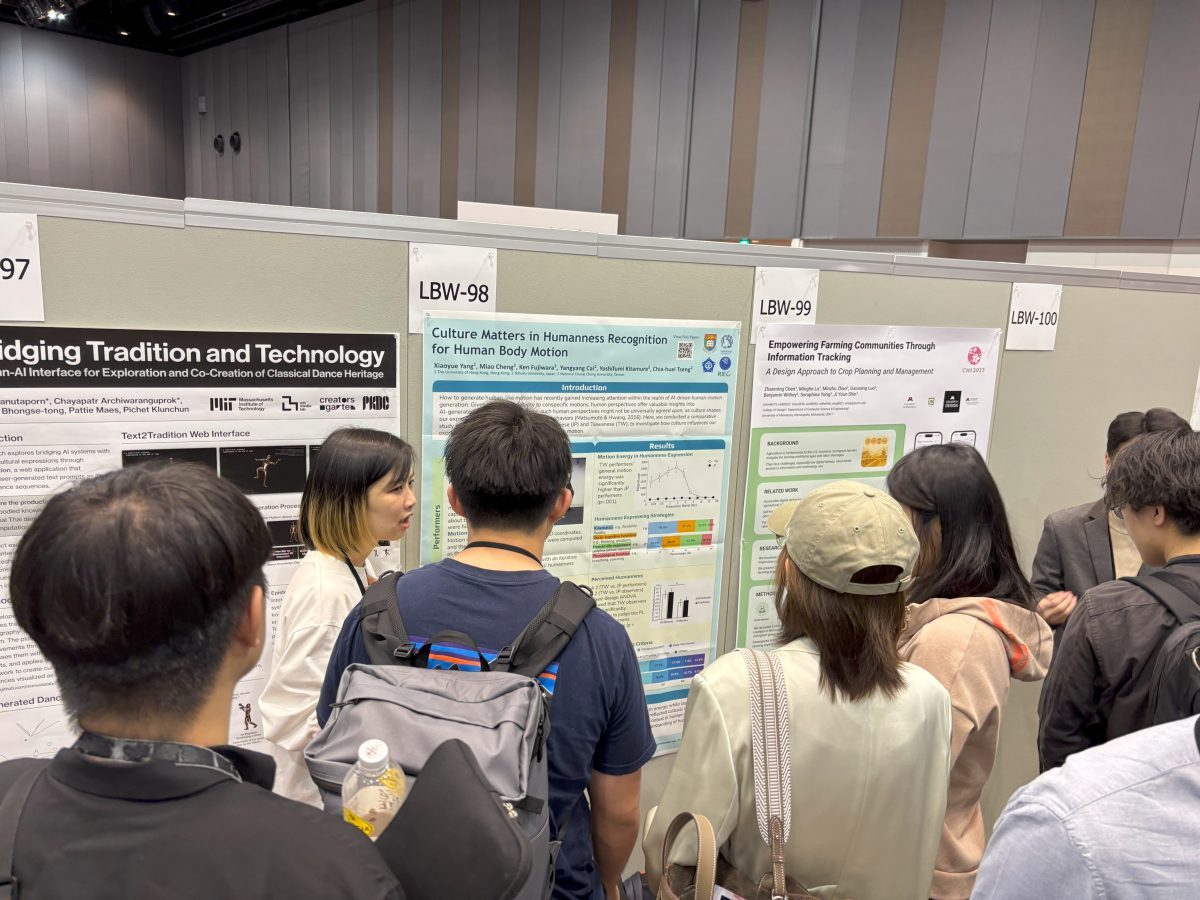Culture Matters in Humanness Recognition for Human Body Motion
How to generate human-like motion is a hot topic emerging from the human-motion generators propelled by AI techniques. The first “humanness” evaluation based on human perception provided the basic principles of how we express and understand humanity in body movements, but it is unknown whether these principles are universally applicable. We conducted a comparative study between two Asian cultural cohorts, revealing that Taiwanese performers predominantly utilized kinematic cues and exhibited higher motion energy, while Japanese performers relied on their distinct human life experiences to convey humanness. Our results with two culturally proximal groups demonstrated that designers should recognize the influence of cultural context on the performance and perception of humanness, highlighting the necessity for broader cross-cultural and multi-regional investigations to refine our comprehension of human motion cues, and to advance computer-human interaction on a global scale.
This research was accepted for presentation in the Late-Breaking Work program at CHI 2025 (Conference on Human Factors in Computing Systems), a leading conference in the field of human-computer interaction, held in Yokohama from April 26 to May 1, and was presented as a poster.
CHI 2025 program page (https://programs.sigchi.org/chi/2025/program/content/194486)
Paper
Xiaoyue Yang, Miao Cheng, Ken Fujiwara, Yangyang Cai, Yoshifumi Kitamura, Chiahuei Tseng: Culture Matters in Humanness Recognition for Human Body Motion, CHI EA ’25: Proceedings of the Extended Abstracts of the CHI Conference on Human Factors in Computing Systems, Article No.: 161, Pages 1 – 8
(https://dl.acm.org/doi/10.1145/3706599.3719872)


